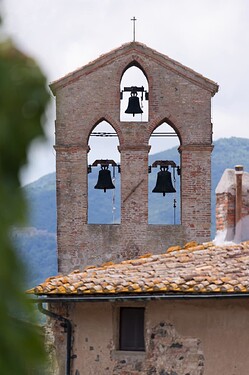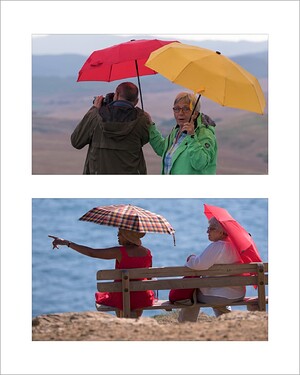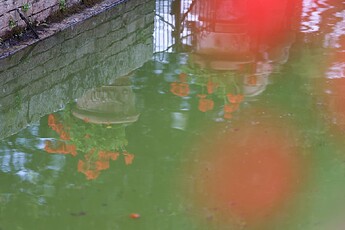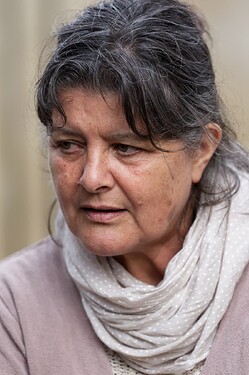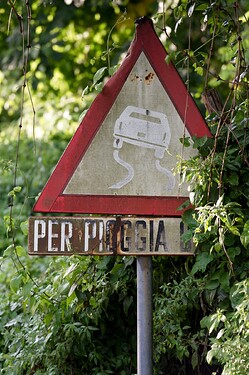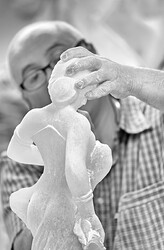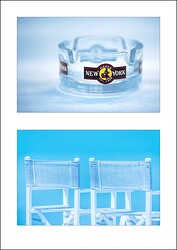A few ways to exhibit the subject with focus layers (DoF) and …
.
warm-cold & form contrast
.
color quality & contrast
.
diffusion & color
.
subdued
.
shape & color
.
luminosity & contrast
.
stylish & color
( all taken at: 300 mm, except #5: 190 mm / #7: 20 mm )
